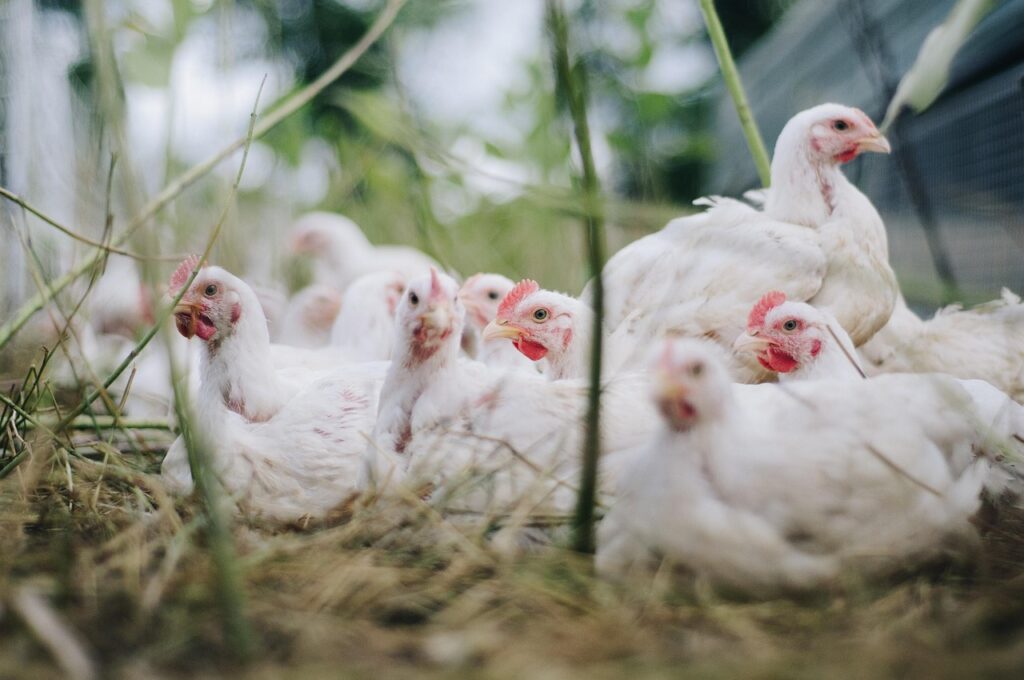The poultry industry has been a cornerstone of the global food system for centuries, providing a significant source of protein for billions of people worldwide. As we look ahead, the future of the poultry industry is poised for remarkable transformation, driven by technological advancements, changing consumer demands, and a growing emphasis on sustainability.
Technological Advancements and Automation
One of the most prominent trends shaping the future of the poultry industry is the integration of technology and automation. From hatcheries to processing plants, robotics, and artificial intelligence are revolutionizing various stages of poultry production. Automated systems for egg collection, sorting, and packaging are streamlining processes, enhancing efficiency, and reducing labor costs.
Moreover, advancements in genetics and breeding techniques are leading to the development of more robust, disease-resistant poultry breeds with improved feed conversion rates and higher meat or egg yields. This innovation is essential in meeting the rising demand for poultry products while minimizing environmental impact and resource usage.
Sustainable Practices and Environmental Concerns
Sustainability has become a central focus for the poultry industry. Consumers are increasingly conscious of the environmental footprint of their food choices, driving a shift toward more sustainable practices. Poultry producers are implementing measures to reduce greenhouse gas emissions, minimize water usage, and optimize feed efficiency.
Furthermore, the adoption of alternative feed sources, such as insects or algae, as well as the development of plant-based alternatives to conventional poultry feed, is gaining traction. These alternatives not only offer a more sustainable approach but also contribute to reducing reliance on traditional feed ingredients like soy and corn, which are associated with deforestation and habitat destruction.
Consumer Preferences and Product Innovation
Changing consumer preferences are also shaping the future landscape of the poultry industry. There’s a growing demand for antibiotic-free, organic, and free-range poultry products as consumers become more health-conscious and concerned about animal welfare.
To meet these demands, producers are adapting their practices, investing in organic and free-range farming methods, and exploring alternative ways to raise poultry without the routine use of antibiotics. Additionally, advancements in plant-based and cell-cultured meat technologies are introducing alternatives that mimic the taste and texture of conventional poultry products, catering to the preferences of flexitarian and vegan consumers.
Global Market Expansion and Trade Dynamics
The global poultry market is witnessing expansion, driven by population growth, rising incomes, and increased urbanization in developing countries. Emerging economies in Asia, Latin America, and Africa are becoming significant consumers and producers of poultry products, presenting new opportunities for market growth and international trade.
However, trade dynamics, geopolitical tensions, disease outbreaks, and regulatory changes can significantly impact the industry’s global landscape. Producers will need to navigate these complexities while ensuring high-quality standards, biosecurity measures, and compliance with diverse regulatory frameworks to sustainably expand their market presence.
Conclusion
The future of the poultry industry is promising, characterized by technological innovation, sustainability, and evolving consumer preferences. Embracing advancements in automation, implementing sustainable practices, responding to changing consumer demands, and navigating global market dynamics will be crucial for the industry’s growth and resilience.
As the industry continues to evolve, collaboration between stakeholders, investment in research and development, and a commitment to responsible and ethical practices will play pivotal roles in shaping a more sustainable and resilient poultry industry for generations to come.

